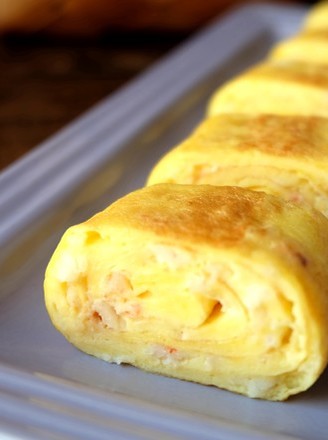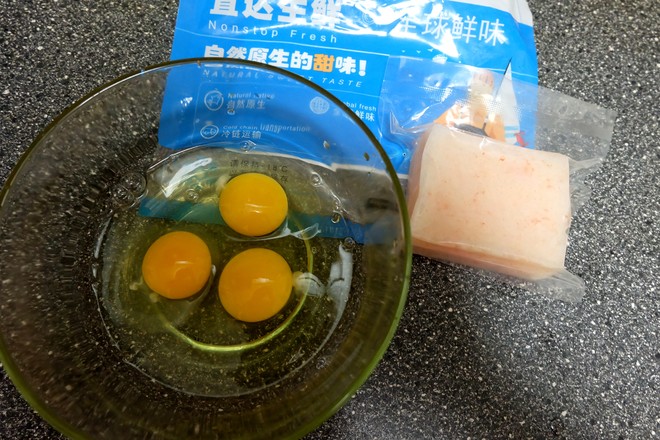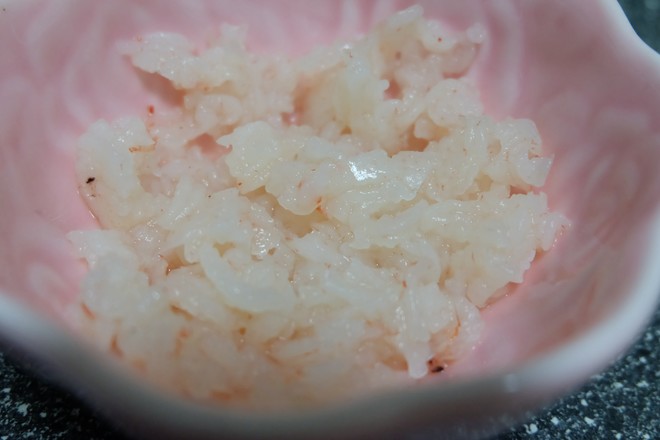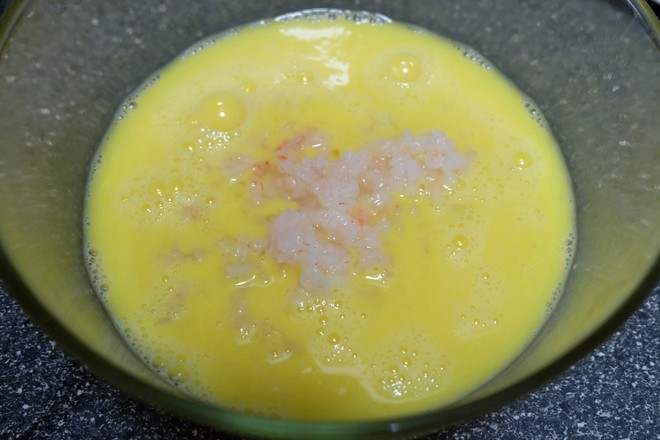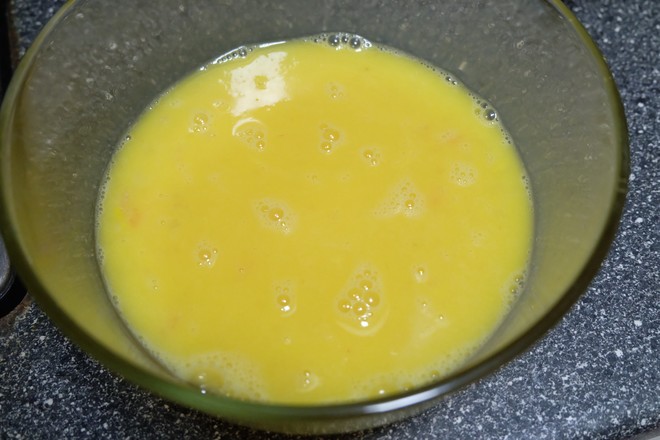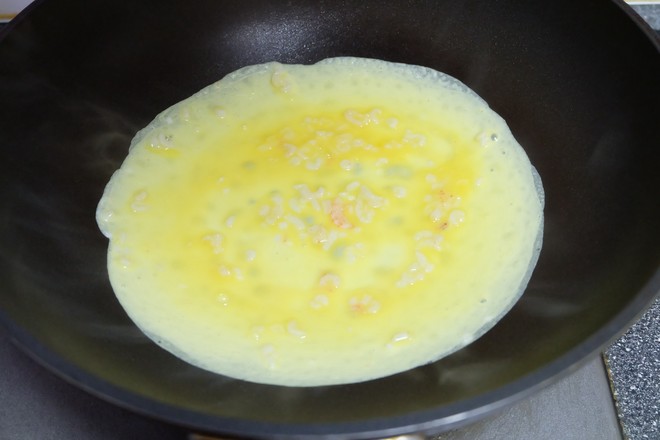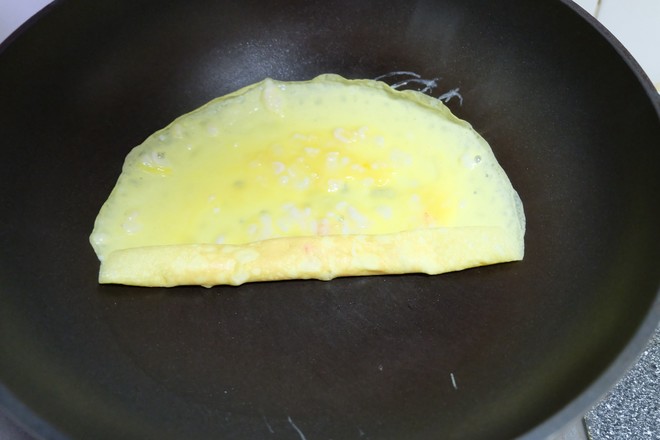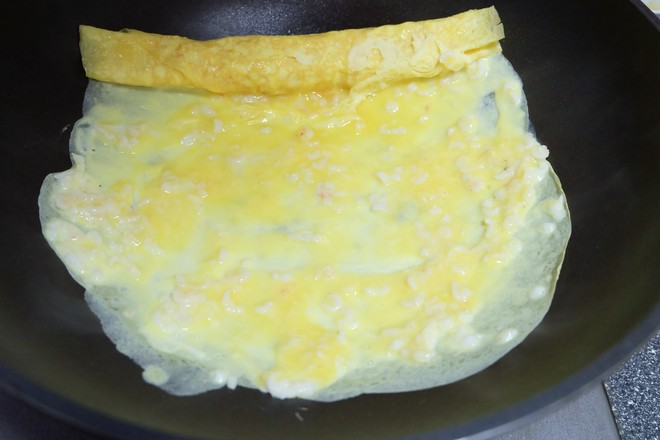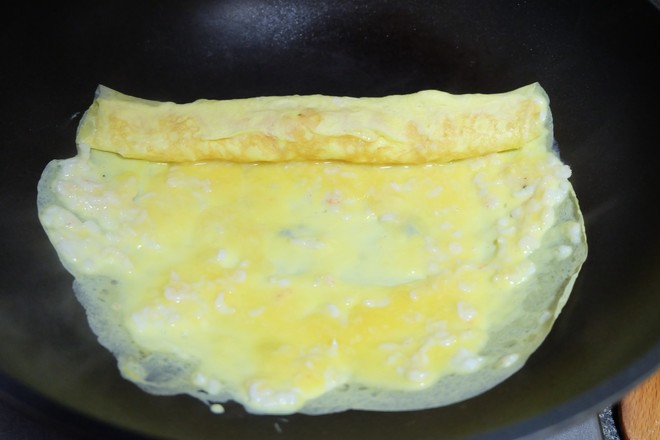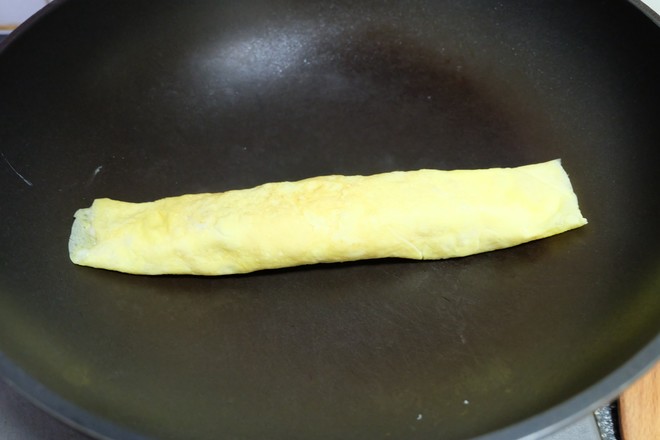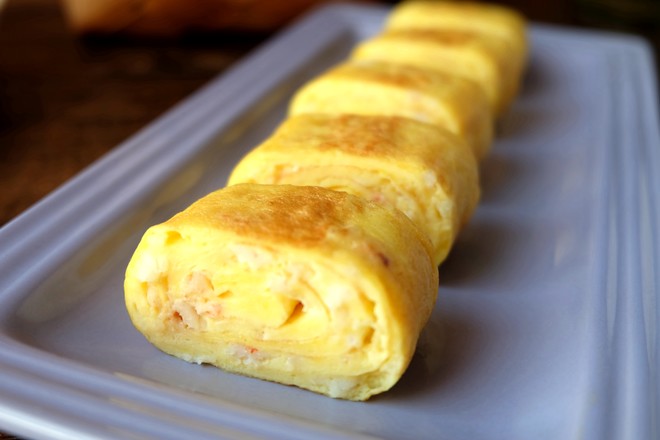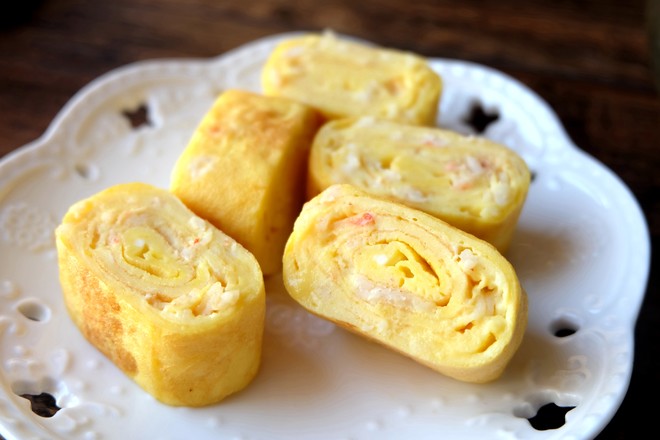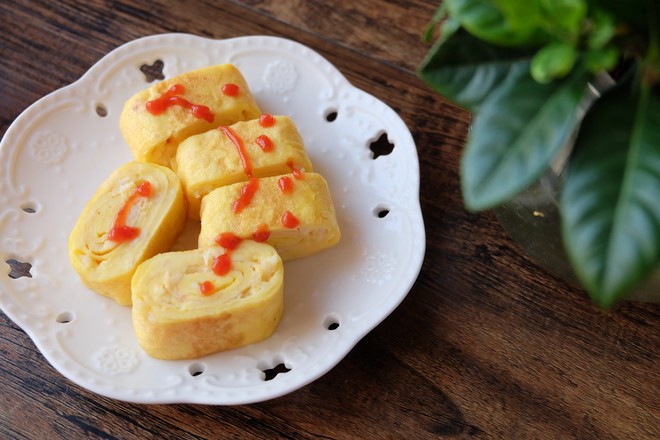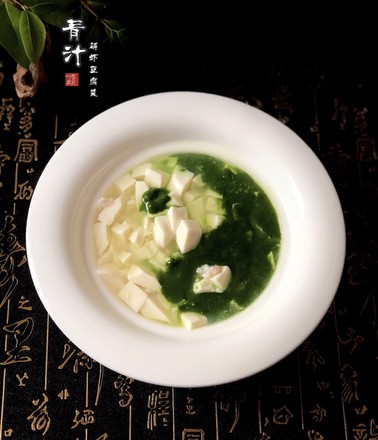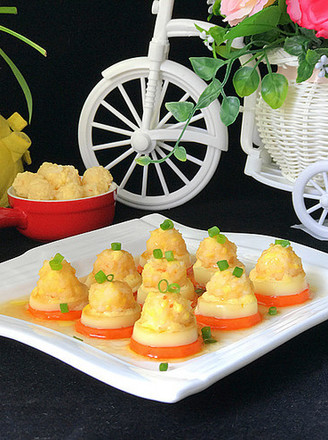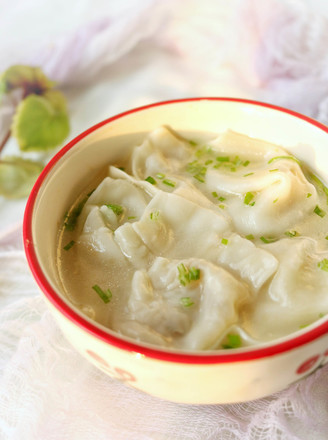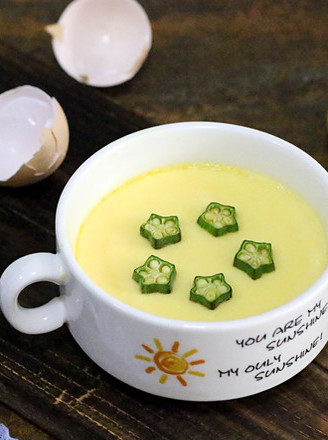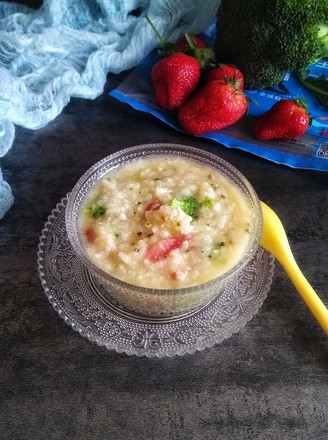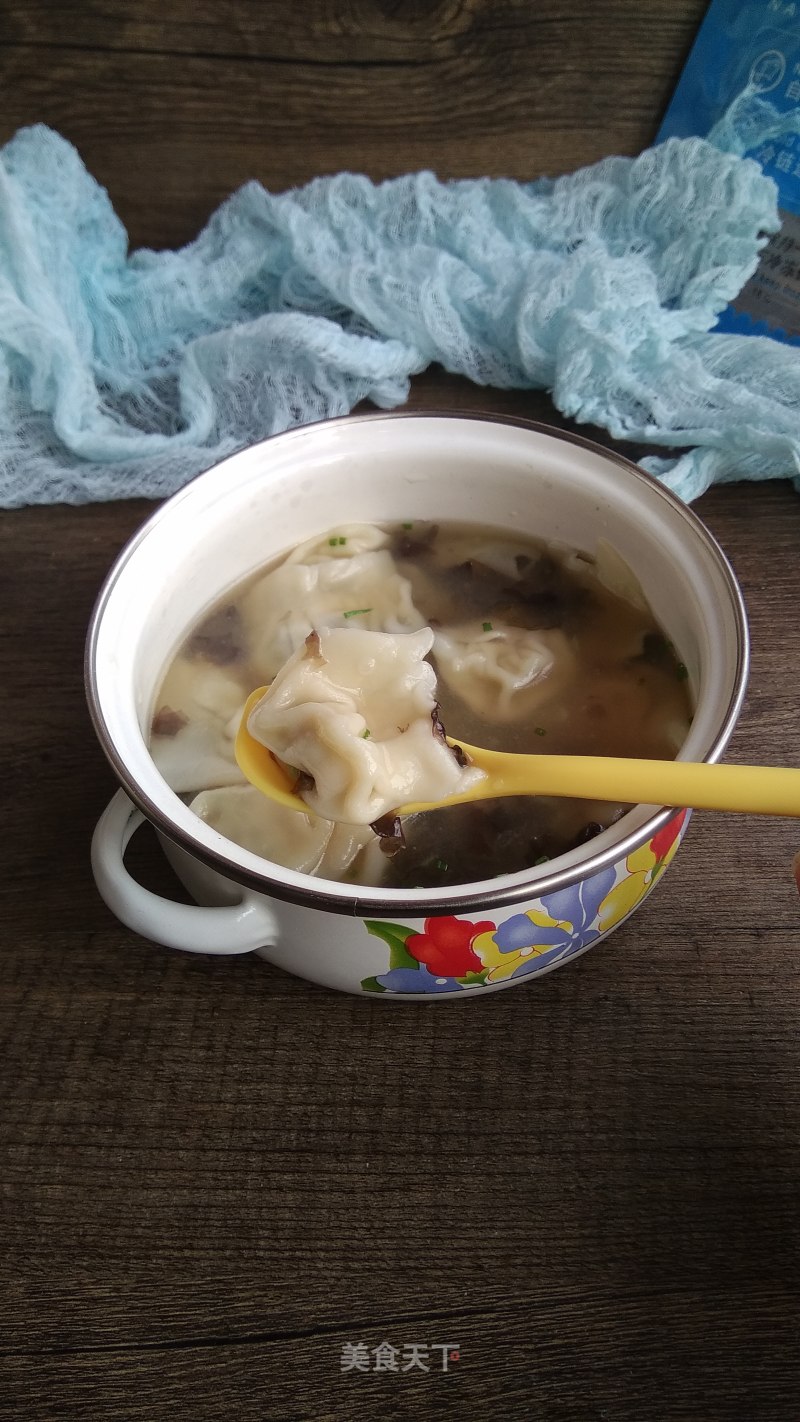Krill Meat Thick Egg Stew
by Happy and happy
Favorite
Difficulty
Easy
Time
5m
Serving
2
In the blink of an eye, it was mid-March. Some of the winter jasmine flowers in the community had already bloomed, and some unknown trees had been blossomed with flower bones, waiting for the moment to bloom. Take the children to play in the yard of the community. Because the weather is warmer, more children come out for activities. What moms get together and chat the most is: they all say that spring is the season of growth, and what to eat can help children grow. How about the size?
Yes, spring helps growth, and the growth and development of children is also very important in spring. If you want to grow up, calcium supplementation is the key. For calcium supplements, Duo Ma has always recommended food supplements. Starting from the diet, the child not only supplements calcium, but also supplements other nutrients, strengthens the body’s immunity, and supplements the various nutrients needed for the body’s growth and development, making the baby healthier.
Today I will share a thick egg-boiled krill meat. The egg itself is a good food for children. It is nutritious and easy to digest. It is also added with high-protein, low-fat Antarctic krill meat. Antarctic krill is produced in the Southern Ocean. Rich in nutrition and sweet taste, it is very suitable for making supplementary food for children. Ordinary scrambled eggs can no longer appeal to children. This thick egg-boiled egg is always eaten by my two children. Practice sharing, moms do it!
Yes, spring helps growth, and the growth and development of children is also very important in spring. If you want to grow up, calcium supplementation is the key. For calcium supplements, Duo Ma has always recommended food supplements. Starting from the diet, the child not only supplements calcium, but also supplements other nutrients, strengthens the body’s immunity, and supplements the various nutrients needed for the body’s growth and development, making the baby healthier.
Today I will share a thick egg-boiled krill meat. The egg itself is a good food for children. It is nutritious and easy to digest. It is also added with high-protein, low-fat Antarctic krill meat. Antarctic krill is produced in the Southern Ocean. Rich in nutrition and sweet taste, it is very suitable for making supplementary food for children. Ordinary scrambled eggs can no longer appeal to children. This thick egg-boiled egg is always eaten by my two children. Practice sharing, moms do it!

